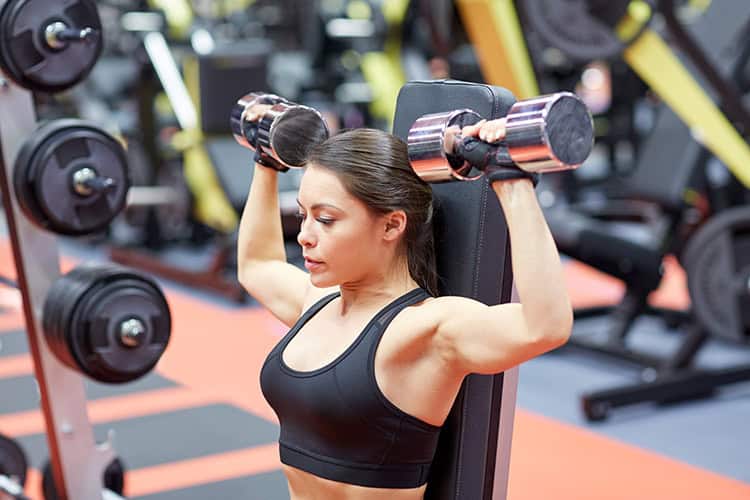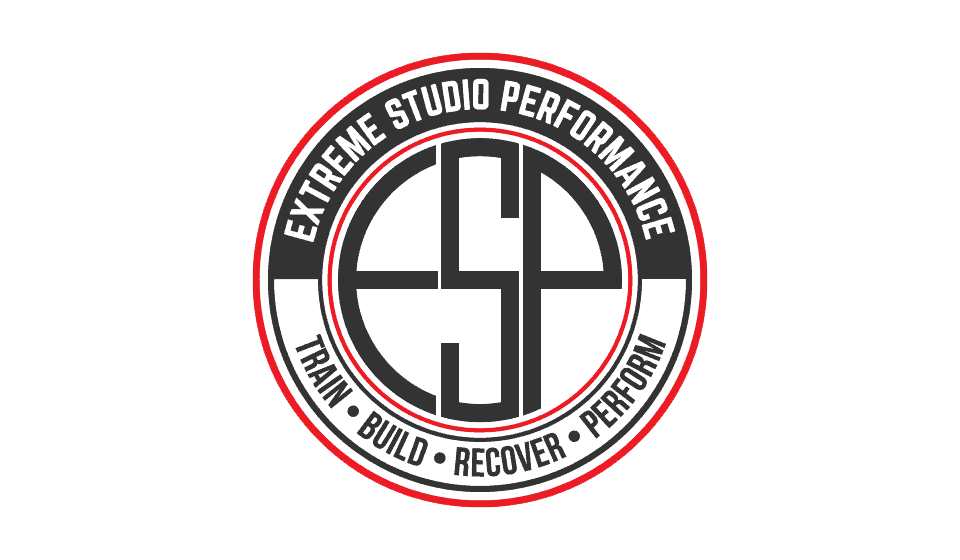
Often, if you come into a gym wanting to get strong, you’re also looking to build bigger muscles. You might even think the two have to go together. Size equals strength, right?
Generally speaking, bigger muscles are stronger muscles. However, you can choose to focus your training more on one of these goals than the other if you want. Strength training works to build stronger muscles, and you can increase your strength without looking “crazy huge” if that’s one of your goals. Hypertrophy training is focused on building muscle mass; it’s the sort of training you’ll do if you want to “get big.” Getting bigger and/or stronger are often connected goals, but how you get to one or both is going to be an individual journey.
 The Textbook Answer
The Textbook Answer
If you’ve looked into the theory behind working out, you might have seen a version of this formula: build strength with 6 or fewer reps and heavier weights, and build muscle mass with 6-12 reps and shorter rests.
The basic idea is that if you want to build strength, you lift near your one repetition maximum (about 85% of your max weight), then rest long enough to let your nervous system recover (about 2-5 minutes). If you want to build muscle mass, you increase your protein intake and you lift weights at about 67%-85% of your maximum for 6-12 reps with a 30 to 90-second rest.
Of course, that textbook answer won’t work for everyone. It’s a good starting point for understanding some of the differences between strength and hypertrophy training, but a one-size-fits-all approach to fitness is a recipe for disaster.
Working Out in Real-Life
Most of us don’t need a research study to tell us that there’s a link between bigger muscles and stronger muscles. It’ll surprise no one that a study in The Journal of Strength and Conditioning Research found that men with larger pecs could bench press heavier weights.
However, we’ve also seen exceptions to this rule in real life. When you’re at the gym, people lifting the same amount of weight don’t all look the same. Some look bigger and some leaner even when they’re just as strong in terms of how much they can lift.
Your individual body type, starting point, and genetics play a huge role in how you build and carry muscle. Family history, limb length, bone structure, and other individual differences all come into play. Your body type also affects which types of exercise will be easiest for you and which ones will help you meet your fitness goals.
An Individual Routine
Whether you want to get bigger, stronger, or both will help determine your workout plan. Your body type, goals, and other individual concerns are also major factors. That’s one reason it’s important to focus on your own fitness goals. Rather than compare yourself with others, track your personal fitness journey. As you keep working, you will get stronger and/or bigger.
Here at Extreme Studio Performance, we believe in supporting everyone’s unique goals. Rather than a one-size-fits-all approach, we work hard to provide a welcoming place for people of different genetics, abilities, body compositions, and athleticism levels to work out. You can also work with personal trainers on custom programs designed to support your individual fitness goals. Click here to contact us to schedule a visit and a free personal fitness evaluation.
